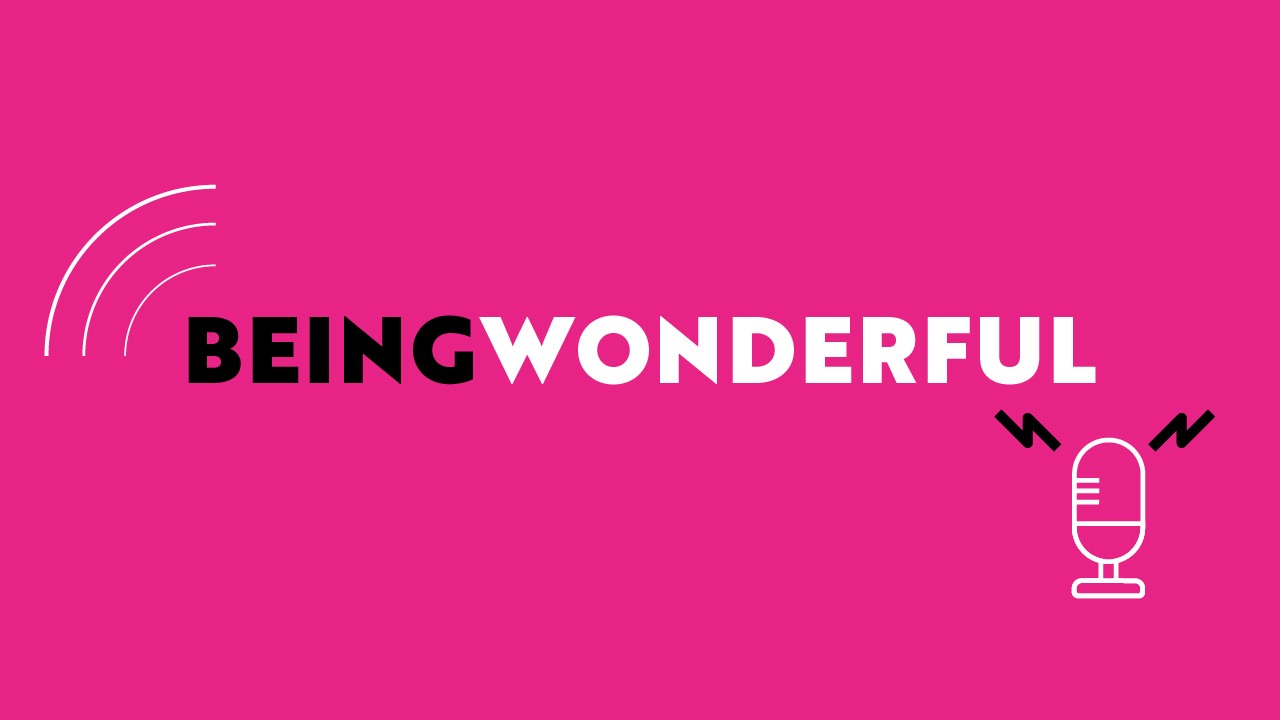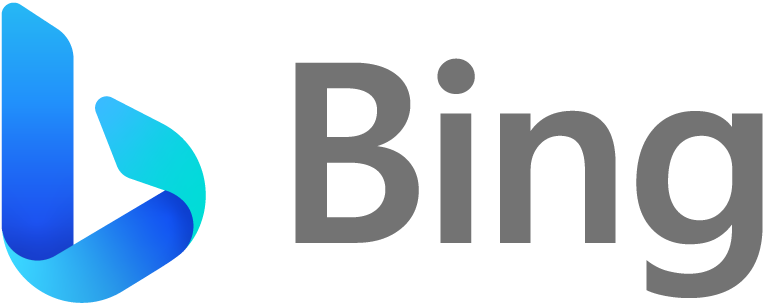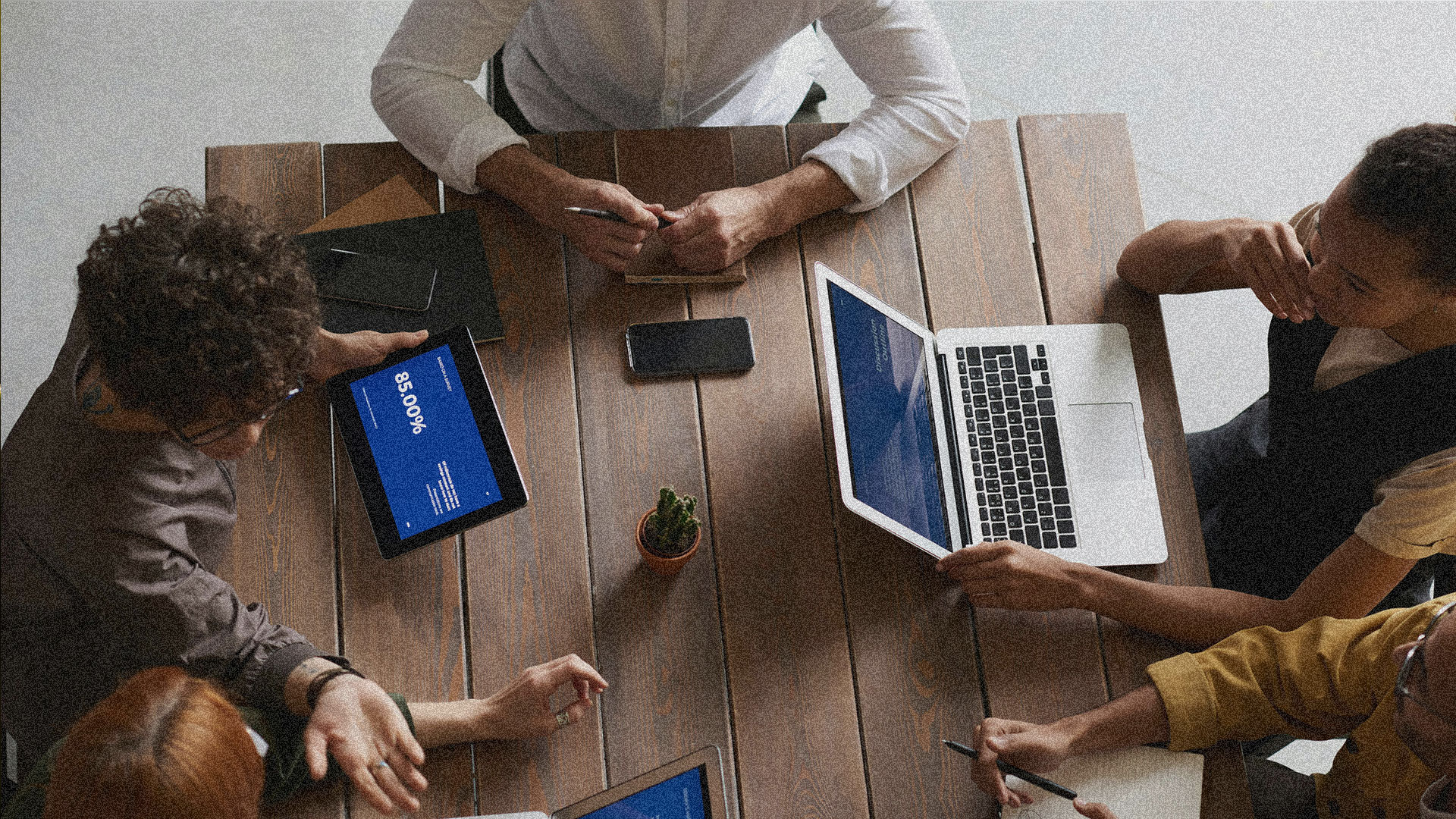
Your alarm goes off, you reach for your phone, and you’re instantly sucked into your device. Ploughing through notifications, from emails to Facebook; LinkedIn to MyFitnessPal; and then there’s that annoying meeting reminder. But you can’t help it. Is it a new reflex of the modern mortal; or has technology fostered a new addiction in the form of Digital Dependency? Account Director for Marketing, James Gray, discusses the impact a minimalism massacre in the digital space could have in the marketing world.
As a marketer with a passion for all things digital, it’s fair to say I am inherently digitally dependent. It’s safe to say I am one of the 65% of Britons aged under 35 (just) who, in a recent survey, said they looked at their phone within five minutes of waking up. In fact, to demonstrate this habituation further, I recently took a number of online digital dependency tests which confirmed these suspicions. One of which summarised my technophile nature thus: “Technology plays a huge role in your life. You can’t imagine getting through each day without your many devices. But beware, the average human attention span has actually fallen below that of a goldfish! If you struggle to focus and feel as though your productivity and efficiency are at risk, it might be time to cut back on your screen time and try a digital diet. It’s also been proven that media multitasking is damaging our brains, so if you’re using technology, make sure it’s just one device at a time!”
Arguably, I couldn’t do my job if I was to omit digital tools from my arsenal. In fact, when the internet drops in the office (which it has done recently), I am temporarily rendered almost useless thanks to a dependency and reliance on Google’s G-Suite of cloud-based solutions; and my utilisation of an absolute plethora of online tools (from CRM to social; internal project management to the Adobe suite). Computers, tablets, smartphones, even my smartwatch all allow me to do my job more efficiently and effectively (or at least that’s what I tell myself). The more concerning part is how this bleeds into everyday life, and it is this which has come into sharp focus for many in recent times.
Is it time to log-off? Should we embrace the minimalism massacre? Do I need a digital detox? And, if I do take a break from screens, what impact does this have for marketers vying for my attention?
Time for a detox?
It’s not just me that needs to answer these questions – An Ofcom study from late 2018 reported that the average Briton checks their mobile phone every 12 minutes and is online for 24 hours a week (with 25% reporting 40+ hours of usage per week), revealing just some of the extent to which people now rely on technology and, primarily the internet of things. Some of the responses to the survey are documented in their summary video:
The dependency on digital & tech is clearly dominating people’s lives (mine included), all the while, arguably, making them more efficient and fulfilled. In contrast to a decade ago, most people now say they need (and actually expect) a ‘constant internet connection’, wherever they are; and 64% of adults claim the internet is an ‘essential part of their life’. Over the last decade, better access to the internet (both in terms of device and network coverage) has transformed how we interact with each other. Two fifths of people said being online enables them to work more flexibly, and three quarters believe it helps them stay close to friends and family.
Internet-based services such as WhatsApp and Facebook Messenger have overtaken device usage for actually making calls. In fact, using a mobile for actual phone calls is only considered an important function by 75% of users, compared to 92% who consider being able to browse the internet to be important!
The dominance of device dependency:
This isn’t just a recent realisation – way back in 1998 (yes, almost 20 years ago) Nicholas Negroponte, chairman of MIT Media Lab, penned an article in WIRED Magazine stating: “Like air and drinking water, being digital will be noticed only by its absence, not its presence.”
People don’t distinguish between on and offline any more. If you were to ask baby boomers how much time they spend online every day, they’d estimate about three hours. Ask people in their 30s, and they might say four or five hours a day. But if you ask millenials and Gen-Zers how much time they spend online, they can’t give you an answer because they don’t know what ‘online’ is; or don’t distinguish it from ‘offline’. They don’t remember the good old days of ‘dialling up to AOL’.
LinkedIn favourite, Tom Goodwin, EVP and Head of Innovation at Zenith, recently said of those born after 2000: “Because, for them, it’s just the modern world. For them, for there to be an online, there would have to be an offline.”
“We need to radically rethink how we think about the internet,” said Goodwin. “The very notion of a digital strategy, or a digital agency, or digital commerce is all rooted in old-fashioned behaviour. Young people today don’t “stream TV.” They simply watch TV, and sometimes it happens to be through the internet. They don’t ‘do e-commerce’ or ‘mobile commerce.’ They just buy things, and sometimes it happens over the internet.”
Negroponte and Goodwins statements sum up why it’s important for businesses to evolve their strategy to be successful, especially when you consider most organisations continue to view their customers’ online and offline behaviour as separate existences. Digital technology has evolved from being a ‘thing’ or a ‘feature’, to being part of the day-to-day of the world we live and work in. Something we’d notice in absence, not presence.
Digital isn’t a ‘thing’:
Technology is integrated into our daily lives now – ergo, it should be integrated and considered omnilaterally in the marketing sphere. But it often isn’t – as is evident in how many businesses approach ‘marketing’ compared with ‘digital marketing’; how customer service in store, vs online, vs via telephone feels disconnected; and how widely businesses attempt to separate digital and non-digital costs and revenues through old-school org structures and profit & loss / ROI statements.
Despite this obvious and well-documented trend toward tech, we are starting to see a real move toward digital detox, often referred to as the ‘Minimalism Massacre’ in this space. As such, it is important for businesses to not go too-far in embracing this – utilising digital as an omnichannel approach is dangerous and risky.
In today’s multitasking world, people are dealing with information overload – and marketers should arguably strive not to add to the clutter. The famed digital detox is an attempt to remove some of the aural and ocular ‘noise’ surrounding us, by putting down our devices, with some people even putting physical restrictions and barriers in place to implement such a tactic.
Apple’s ‘Screentime’ feature has since been extended beyond just reporting on how often you’re looking at the screen on your device. It now reports specifics on app usage and, more importantly, now allows you to set limits and restrictions (known as ‘downtime’) for the whole device or specific apps. This is a fantastic way of restricting endless-scrolling through Instagram (who, in fact, were testing the idea of restricting the depth to which users could scroll (instead, adding a tapping-through user behaviour) as a feature for kerbing usage).
Time to log-off?
In 2010, Mintel predicted the Digital Detox, stating “technology has created inescapable levels of connectivity and exposure. Consumers need some time off, some privacy and the chance to reconnect with the real world”. Even back then, in the early embrace of the new found ways of communicating (be it Skype, Social Media or the revolution of just having 3G coverage), 16% of UK consumers told Mintel that they wished that they “could just turn everything off and get some peace and quiet sometimes”; and the Caribbean’s St. Vincent and the Grenadines re-positioned their appallingly scarce internet coverage as a positive, launching “digital detox holidays”. Considering it was eight years ago, this kind of sentiment was considerably ahead of its time.
My personal epiphany in this area (and arguably the prompt for writing this article) came recently when I was using three devices (and even more services/apps) concurrently. I was watching Netflix on my smart TV; working on my Macbook; all whilst scrolling through Facebook & Instagram on my smartphone. The biggest irony of all of this was that I was actually communicating with my wife digitally (commenting on a post on Facebook), despite the fact she was sat right next to me in the same room, which in our hectic lifestyle is a rare occurrence – we really should have relished the chance to actually converse as real human beings.
I am not the only one to experience this scenario: It’s fair to say the average populus are hooked; and fair to argue that we should look to restrict or adapt our tech usage. But how, and to what extent, users should consider a digital detox, and what impact this has for marketers is something which requires a considered, strategic approach.
In fact, smart brands have pro-actively latched on to the desire to detach. Recent examples of this approach include Stella Artois’ “Les Pockets” TV campaign urging drinkers to put their phones away and embrace what’s in front of them instead:
There are even apps which track device usage, giving points to user’s for not touching their device, which can be redeemed at cafes, cinemas and even online retailers such as Amazon as a reward. HSBC Argentina’s ‘Modo Mesa’ campaign offering diners discounts for adopting similar digital detox behaviours.
A microcosm of digital detox, and its effect on marketing, is encapsulated in the world of ‘pop-up’ or display ads. Often considered intrusive (and down-right annoying), these are an industry staple and still deliver results if targeted and used effectively, but are often blocked by users. So the challenge then becomes a matter of how to present better quality, less intrusive (nee: annoying) content in a more effective manner to avoid being culled in the detox.
Plan to prevail:
Where does a company begin to plan for this rise and fall (and, ultimately, normalisation) of digital dependency?
In any situation, the customer comes first. Fully understanding and embracing the end-to-end customer journeys with the brand is absolutely vital and forms a major part of our discovery phase when working with clients, allowing us to understand how to turn consumers’ digital dependency (or detox) from risks to opportunities. Coupling this with an understanding of how digital plays a role in the current customer experience and whether that will expand (or decline) in the future is important – having a ‘digital-first’ lens on customers and their journey will ensure companies don’t overlook the influence of technology on their ability to reach and service customers (or their business operational effectiveness).
Wonderful have, like the audiences we serve, evolved to adapt strategies to these fluctuating digital dependencies, fusing our three key disciplines of creativity, technology and marketing to ensure we deliver true digital transformation and measurable lasting change for our clients whilst, importantly, not neglecting marketing offline and OOH marketing channels. Some of our most effective campaigns have taken heritage brands into the future by digitising their e-commerce offerings, such as Wahl, the global leader in hair clippers; or have utilised OOH and more traditional marketing channels to grow a tech platform in B2C and B2B spaces, such as Quandoo, the world’s fastest growing restaurant booking app/website. Adapting to change in disruptive markets is the challenge we relish the most (which is why we love working with fast-growth start-ups), and a factor which keeps us engaged with clients for the long-term, allowing us to build long-lasting, strategic partnerships.
To discuss how your business will adapt and evolve in times of digital dependency or digital detox, send a carrier pigeon or snail-mail; call us (using your smartphone); email us (using your smartphone); or get in touch on social media (using your smartphone).
Latest posts

Three key benefits of integrating a sense of Wonder within your brand & marketing strategies
We love creating Wonder. It’s our passion and forms our client mission. However, in an age where your customers and clients are bombarded with constant information and countless choices, capturing attention and building lasting connections has become increasingly challenging. We all have to work harder to capture people’s attention.

Why Advertising on Bing Matters: Unlocking Potential in PPC Campaigns
In the realm of digital marketing, the dominance of Google Ads often overshadows other platforms, leaving marketers unaware of the untapped potential lying beyond the confines of the Google ecosystem. While Google undeniably reigns supreme, neglecting alternative platforms like Bing can be a costly oversight for businesses aiming to maximise their PPC (Pay-Per-Click) campaigns.

Increase Traffic & Revenue: SEO A/B Testing
Achieving greater revenue and traffic through SEO involves a strategic focus on driving more traffic to your website and converting that traffic into increased revenue.